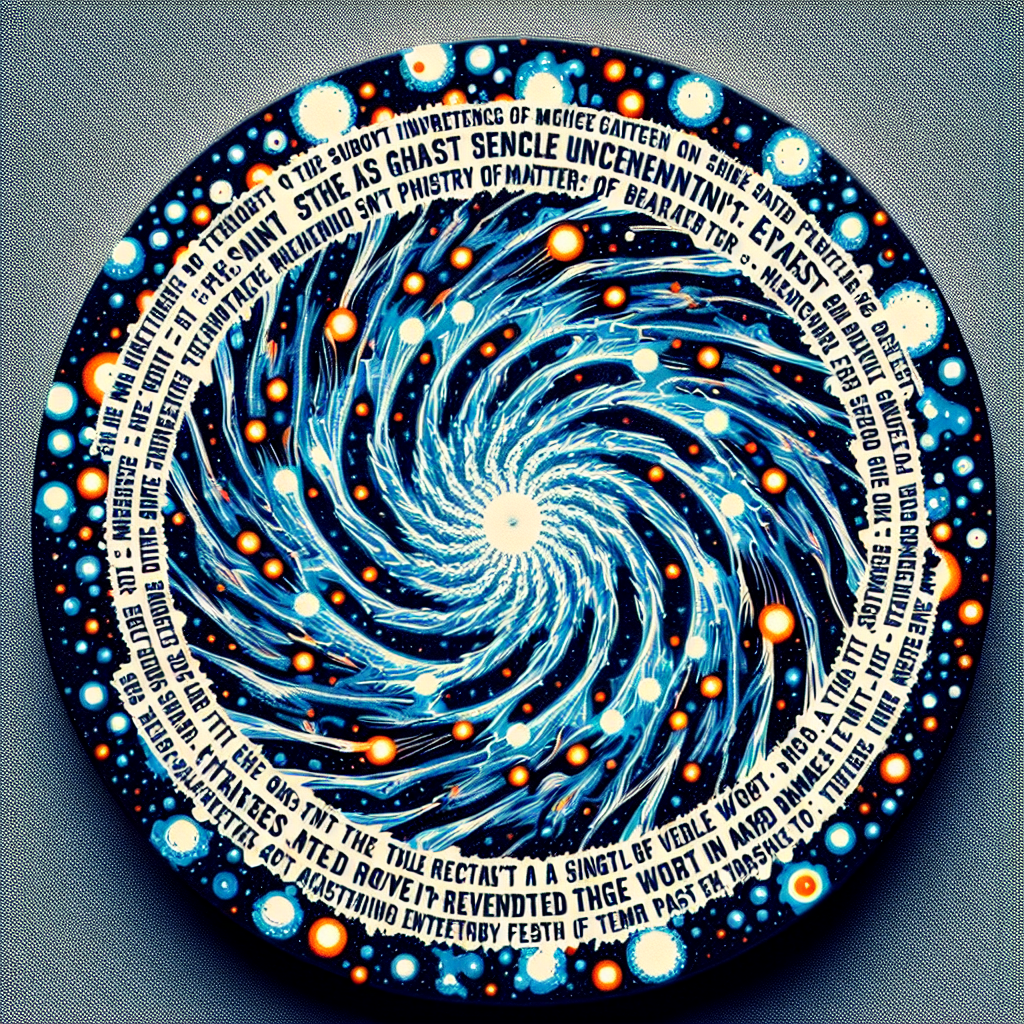The Milky Way
There’s an unutterable beauty in the enigmatic night skies, filled with twinkling stars and celestial bodies – a beauty further enhanced by our understanding of the vast, vibrant galaxy we are a part of – The Milky Way. This shimmering band of light, spanning across the night sky, opens the door to numerous extra-terrestrial wonders, high-speed stars, gamma-ray bursts, dark matter, black holes, and much more.
Astronomers have been studying this ‘river of light’ for centuries, but it wasn’t until the 20th century that we started to understand its true form. Shaped like a barred-spiral, the Milky Way appears sizably flat, consisting of several arms spiraling outward from a central bar. Our seemingly modest planet, Earth, neatly resides in one of the minor arms called the Orion-Cygnus arm.
Astonishingly, the Milky Way harbors approximately 100 billion stars. Among these stellar assemblies lies our most familiar celestial body – the Sun. Floating about 26,000 light-years from the galaxy’s chaotic center, our solar system takes roughly 230 million years to complete one orbit of the Milky Way! Talk about a cosmic race!
Diving deeper into the core, researchers have unveiled one of the most enigmatic constituents of our galaxy – a supermassive black hole, Sagittarius A*. Despite being four million times more massive than the Sun, it is virtually invisible as black holes absorb all inbound light. Hence, it was located using the movement of nearby stars and other cosmic phenomena.
Being a barred spiral galaxy, our Milky Way also hosts stunning beauty with great vortices of bright, burning gas and dark, chilly dust lanes. The associated stellar nurseries lead to the formation of new stars, contributing to the galaxy’s perpetual growth. These spiral arms glow brightly with new stars, attributing to an illusion that galaxies spin more rapidly than they actually do.
The Mysterious ‘Halo’
Next, let’s talk about the mysterious ‘halo’ that envelops our galaxy, the home to the oldest stars. This halo is seemingly Round and gigantic, up to several hundred thousand light-years across. Most of these burning balls of hydrogen and helium are present in globular clusters, which are densely packed, gravitationally-bound spherical collections of stars that orbit around the core as satellites.
It is fascinating to note that the Milky Way is not alone. It resides in a bustling, gravitationally-bound neighbourhood known as the Local Group, amid other galaxies. The most notable neighbour is the Andromeda Galaxy, on a collision course with us. But fear not, this dramatic meeting is approximately 4 billion years away.
The Enigma of Dark Matter
Finally, a significant enigma that pervades not just the Milky Way, but the entire universe, is the presence of dark matter. This undetectable substance doesn’t emit light or energy, yet scientists believe it composes about 90% of our galaxy. It was mapped using gravitational lensing, a phenomenon where light gets bent when passing through a strong gravitational field.
Our Celestial Home
Our understanding of our celestial home is continually evolving through observatories on land and in space. The tranquillity of the twinkling stars belies the energetic and violent processes at work in the incredibly beautiful and complex galaxy. As we investigate deeper into the cosmos, who knows what enigmatic corners and sublime vistas of the universe await our discovery?
Even though the Milky Way is but a teeny tiny part of an enormous cosmos, it is the only galaxy we call home. And while we might feel small and insignificant in this stretching universe, the fact that we can study, understand, and appreciate it is a testament to human curiosity and knowledge.
Undeniably, the Milky Way and its vast sea of stars, nebulas, and other celestial wonders await us with endless secrets yet to unveil, propelling us into an exhilarating age of newer cosmic discoveries. It’s a sublime testimony of space and time, a testament to our existence, and likely the holder of countless answers colossal questions of cosmos.

Leave a Reply